Code #007d3Cx0d error is fake. The Code #007d3Cx0d error is part of a tech support scam site. Most of the Code #007d3Cx0d sites are related to adware programs.
Not only adware is responsible for the Code #007d3Cx0d pop-up ads. On the Internet, ad networks can also redirect your browser to Code #007d3Cx0d. Some websites redirect users through ad networks to generate revenue. Therefore your browser may end up on the Code #007d3Cx0d site.

Windows Defender Security Center
Your device is under threat.
Code #007d3Cx0d
Turn on Real- time protection? Yes NoVirus & threat Protection
Real- time protection is off,
Leaving your device
vulnerable.Device performance &
health
No action needed.Firewall & network
Protection
No action needed.Turn On
—-ACTION CENTER
Security and MaintenanceTurn on virus protection
Virus protection is turned off.tapTurn on virus protection
Virus protection is turned off.tap or
Windows Defender found some Malicious Spyware/Riskware. Please call us immediately at:
Do not ignore this critical alert. If you close this page, your computer access will be disabled to prevent further damage to our network. Your computer has alerted us that it has been infected with a Spyware and riskware.
You must contact us immediately so that our expert engineers can walk you through the removal process over the phone to protect your identity. Please call us within the next 5 minutes to prevent your computer from being disabled or from any information loss.
I recommend that you check your computer for adware with Malwarebytes. Malwarebytes is free to check your computer for adware. If adware is found on your computer, you can use Malwarebytes to remove it for free.
you can also uninstall adware and malware yourself using the manual removal steps in this instruction, it is up to you to decide which method you would like to use.
In doing so, you will not run the chance of unwanted advertisements from Code #007d3Cx0d and other sites that hijack your web browser again.
Remove Code #007d3Cx0d
Choose your web browser
Google chrome
Open the Google Chrome browser. In the address bar type: chrome://extensions/. Verify all listed browser extensions.
If you notice an installed extension you do not know or do not trust, click the Remove button to uninstall the extension from Google Chrome.

Next, in the top-right corner, expand the Chrome menu. In the Google Chrome menu, click on Settings.
At the Privacy and Security section, click Site settings. Click on the Notifications settings.
Remove the malware extension by clicking the three dots on the right next to the Code #007d3Cx0d URL and click Remove.
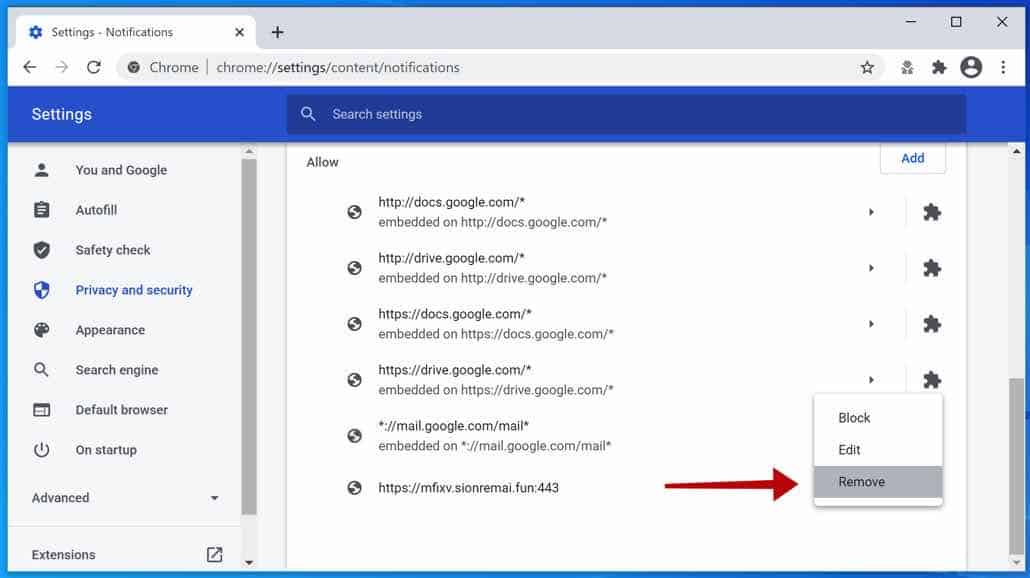
If you still have problems with the Google Chrome browser, consider a full Google Chrome reset.
In the Google Chrome address bar type, or copy and paste: chrome://settings/resetProfileSettings
Click the Reset Settings button to fully reset Google Chrome to the default settings. When you are done restart the Chrome browser.
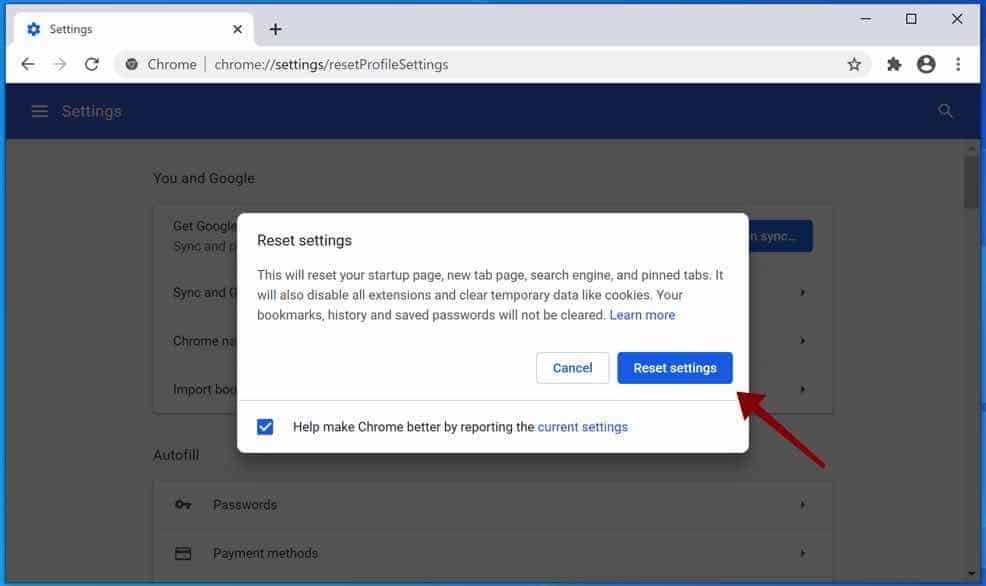
Continue to the next step, remove malware from your computer with Malwarebytes.
Firefox
Open the Firefox browser. In the address bar type: about:addons. Verify all installed Firefox add-ons.
If you notice an installed add-on you do not know or do not trust, click the Remove button to uninstall the add-on from Firefox.
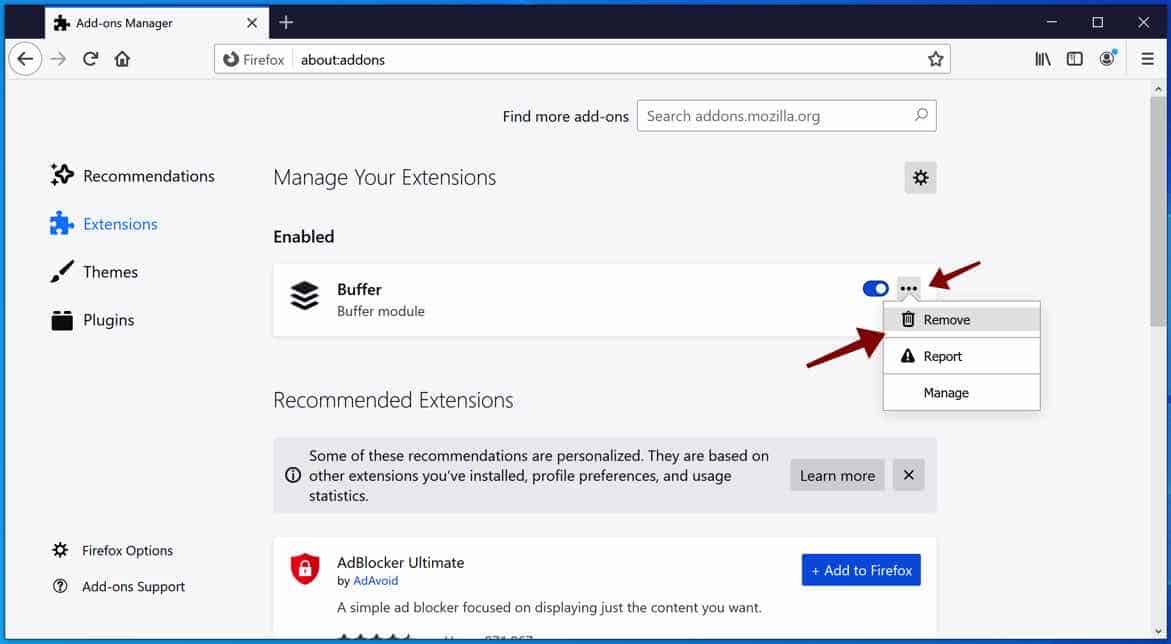
Next, in the top-right corner, click on the Firefox menu (three horizontal stripes).
In the menu click on Options, in the list on the left click on Privacy & Security.
Scroll down to Permissions and then click on Settings next to Notifications.
Select the malware URL from the list, and click on the Remove website button, save Firefox changes.

If you still have problems with Firefox, consider a full Firefox reset.
In the Firefox address bar type, or copy and paste: about:support
Click the Refresh Firefox button to fully reset Firefox to the default settings. When you are done restart the Firefox browser.
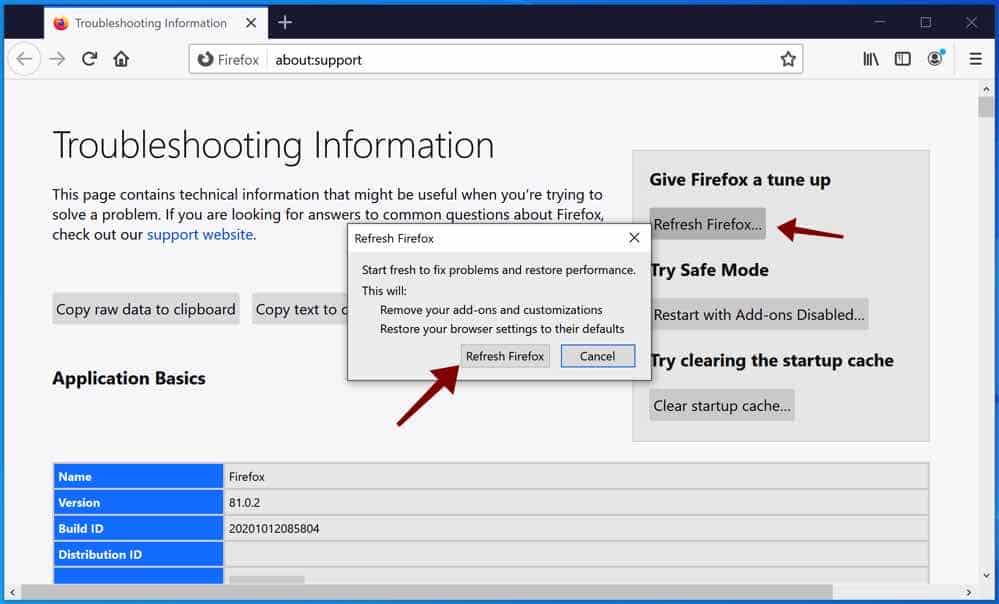
Continue to the next step, remove malware from your computer with Malwarebytes.
Microsoft Edge
Open the Edge browser. In the address bar type: edge://extensions. Verify all installed Microsoft Edge extensions.
If you notice an installed extension you do not know or do not trust, click the Remove button to uninstall the extension from Microsoft Edge.
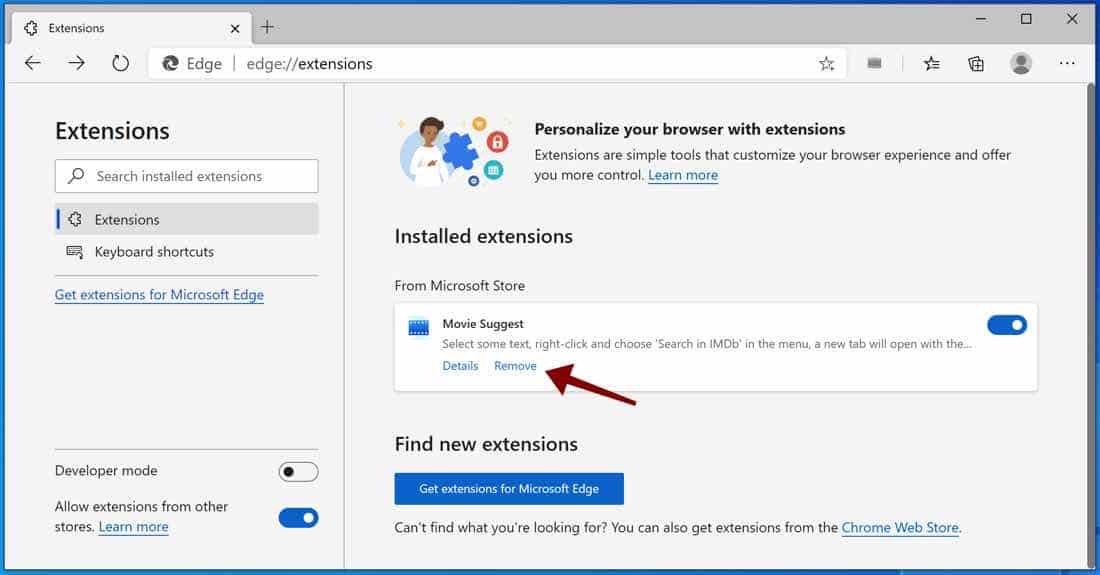
Next, in the top right corner, click on the three dots to expand the Edge menu.
In the left menu click on Site permissions. Click on Notifications.
Click on the three dots next to the malware URL. Click on Remove.
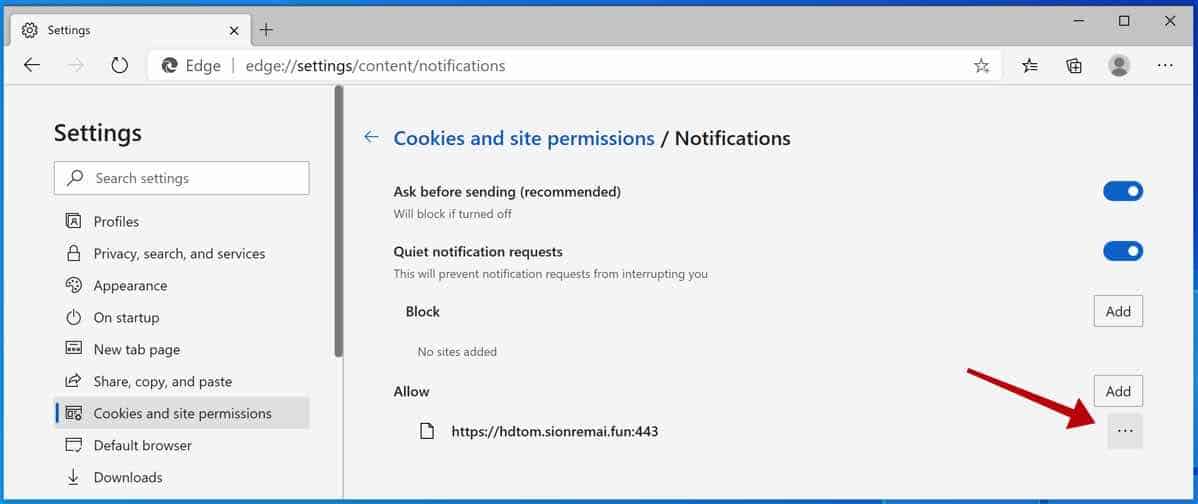
If you still have problems with the Microsoft Edge web browser, consider a full reset.
In the Microsoft Edge address bar type, or copy and paste: edge://settings/resetProfileSettings
Click the Refresh button to fully reset Edge to the default settings. When you are done restart the Microsoft Edge browser.
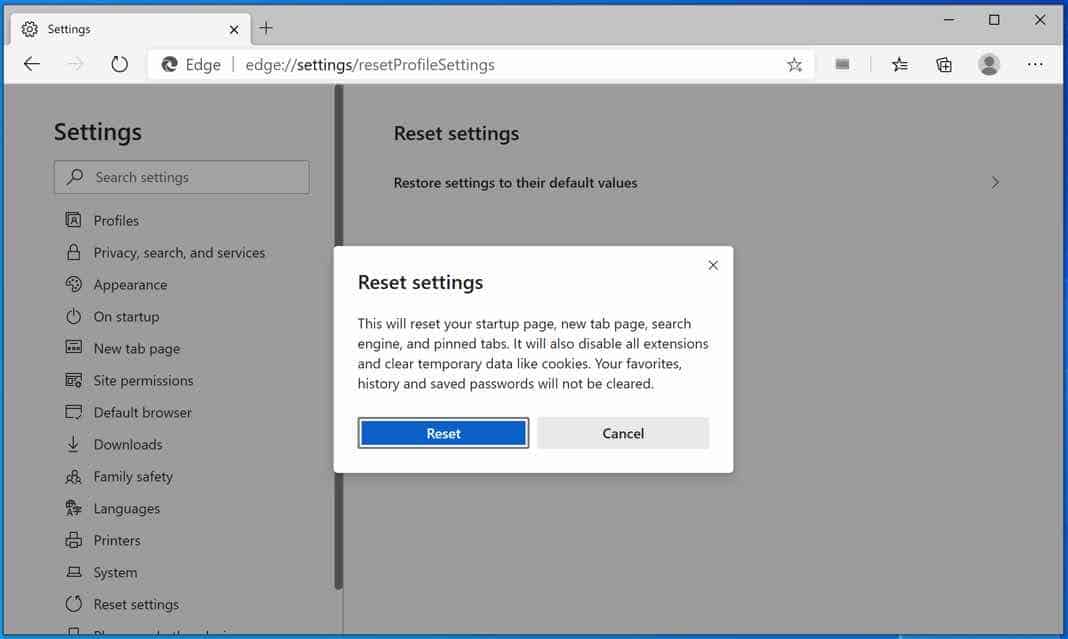
Continue to the next step, remove malware from your computer with Malwarebytes.
Safari
Open Safari. In the left top corner click on the Safari menu.
In the Safari menu click on Preferences.
Click on the Extensions tab.
Click on the extension you would like to remove, make sure to check for malware installed Safari extension, and click on Uninstall.
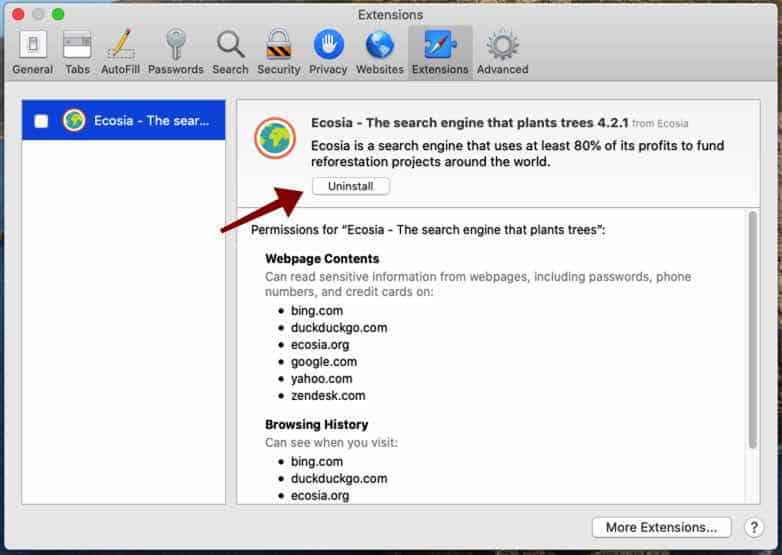
Next, Click on Preferences in the Safari menu, now click on the Websites tab.
In the left menu click on Notifications
Find the tech support domain and select it, click the Remove button.
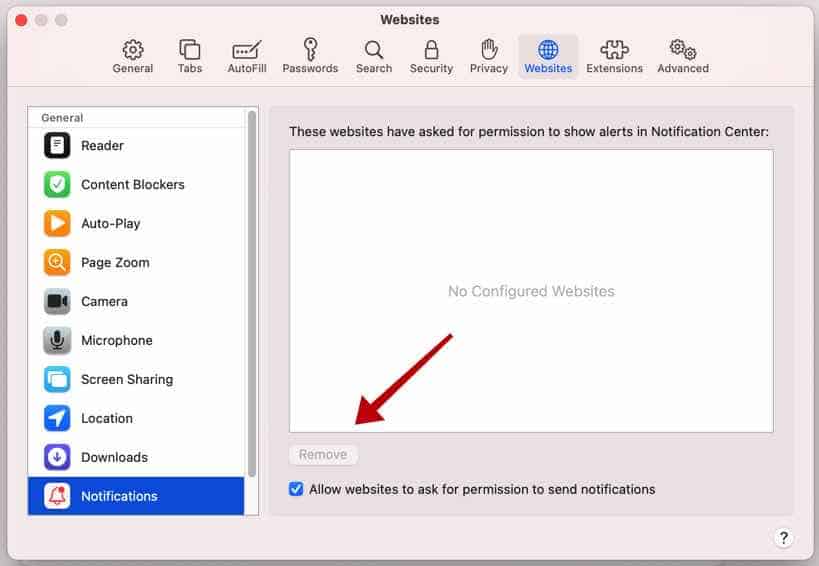
Next, remove malware with Malwarebytes for Mac.
Read more: Remove Mac malware with Anti-malware or Remove mac malware manually.
Remove Code #007d3Cx0d malware with Malwarebytes
Malwarebytes is an essential tool in the fight against malware. Malwarebytes is able to remove many types of malware that other software does often miss, Malwarebytes is costing you absolutely nothing. When it comes to cleaning up an infected computer, Malwarebytes has always been free and I recommend it as an essential tool in the battle against malware.
Install Malwarebytes, follow on-screen instructions.
Click Scan to start a malware-scan.
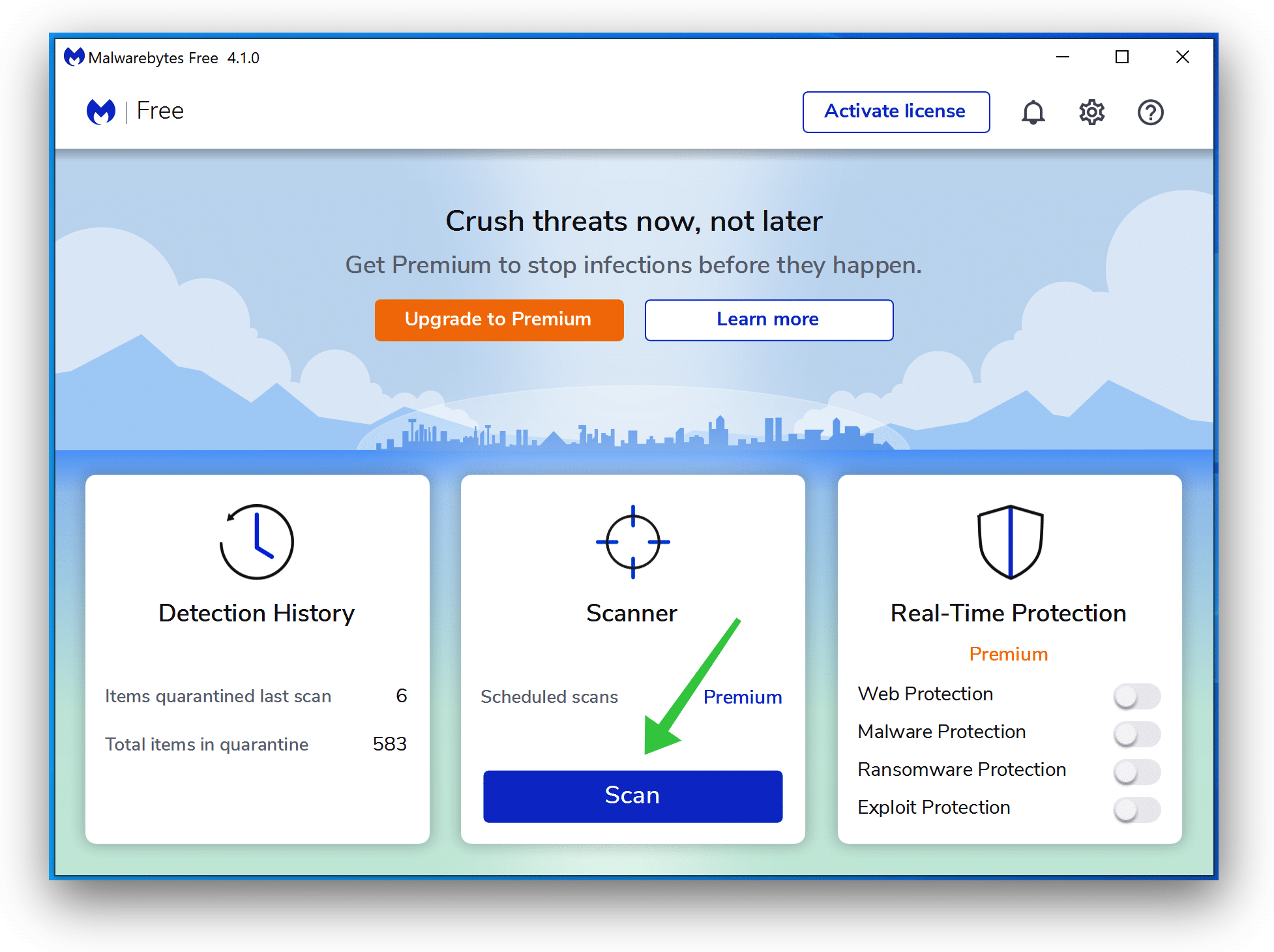
Wait for the Malwarebytes scan to finish. Once completed, review the Code #007d3Cx0d adware detections.
Click Quarantine to continue.
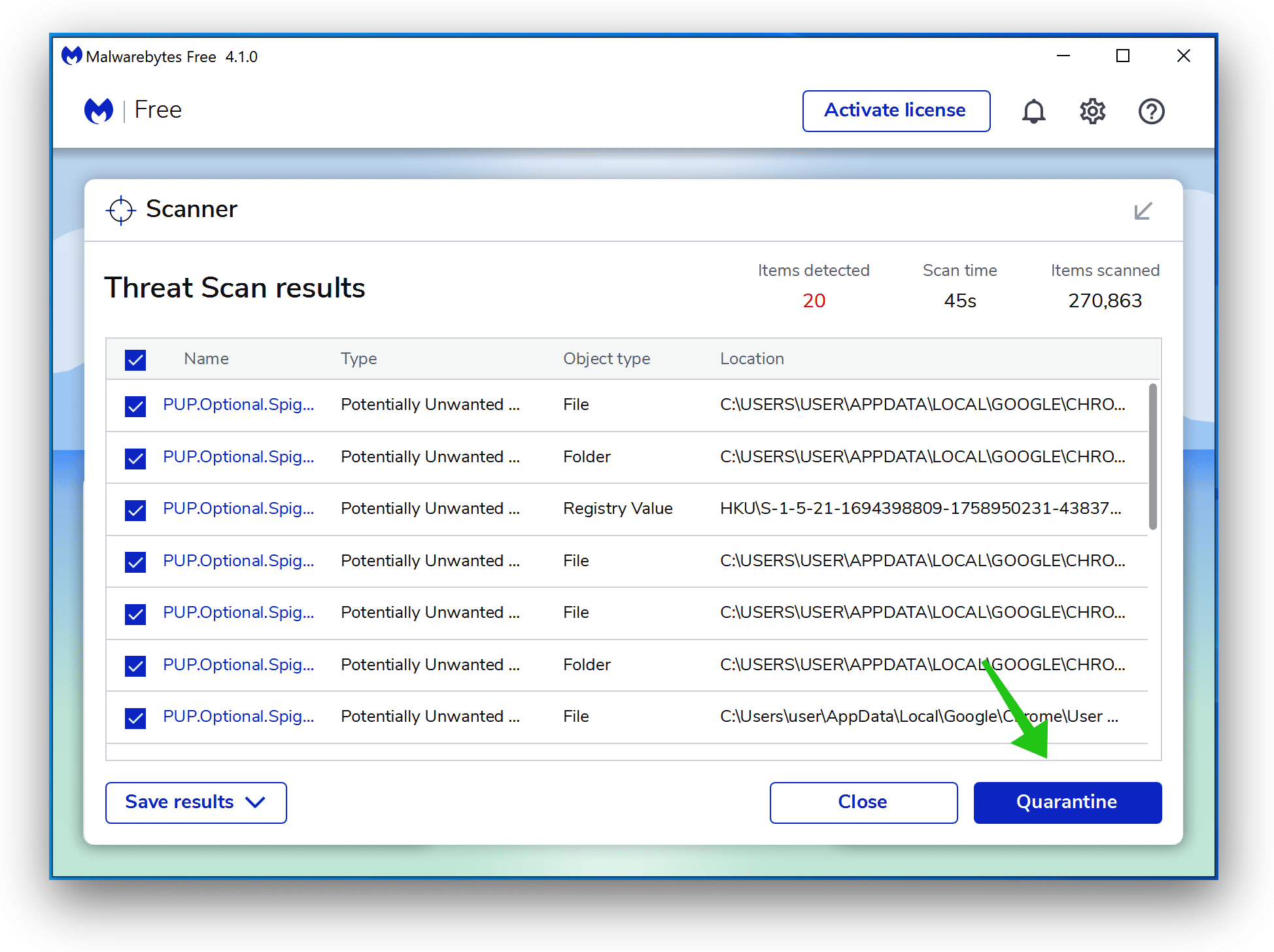
Reboot Windows after all the adware detections are moved to quarantine.
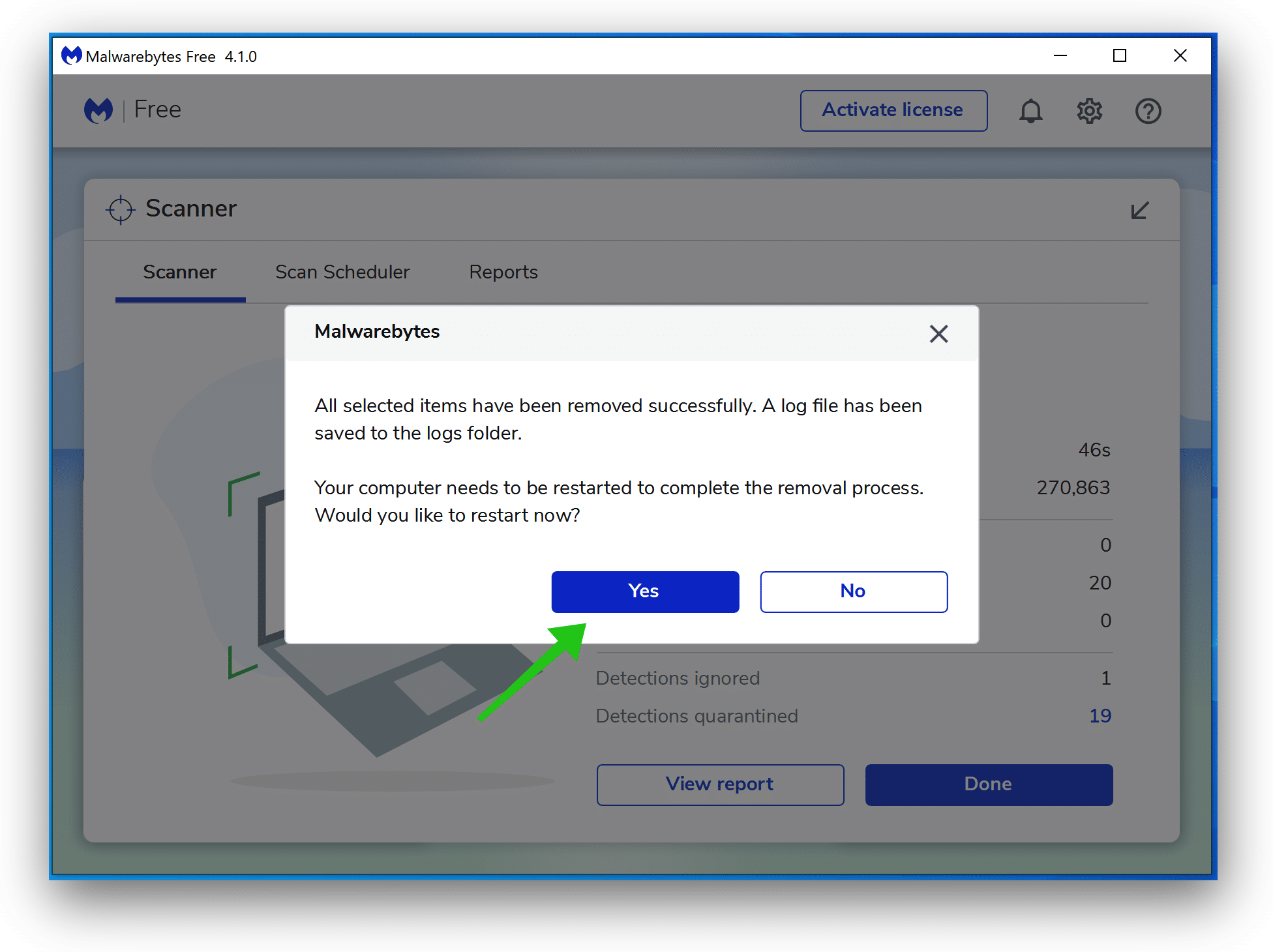
Continue to the next step.
Remove unwanted programs with Sophos HitmanPRO
In this second malware removal step, we will start a second scan to make sure there are no malware remnants left on your computer. HitmanPRO is a cloud scanner that scans every active file for malicious activity on your computer and sends it to the Sophos cloud for detection. In the Sophos cloud both Bitdefender antivirus and Kaspersky antivirus scan the file for malicious activities.
When you have downloaded HitmanPRO install the HitmanPro 32-bit or HitmanPRO x64. Downloads are saved to the Downloads folder on your computer.
Open HitmanPRO to start installation and scan.

Accept the Sophos HitmanPRO license agreement to continue. Read the license agreement, check the box and click on Next.
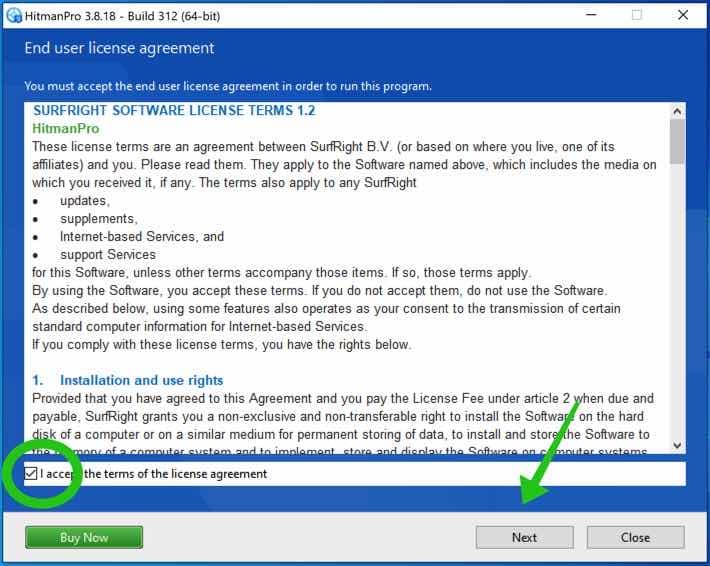
Click the Next button to continue Sophos HitmanPRO installation. Make sure to create a copy of HitmanPRO for regular scans.
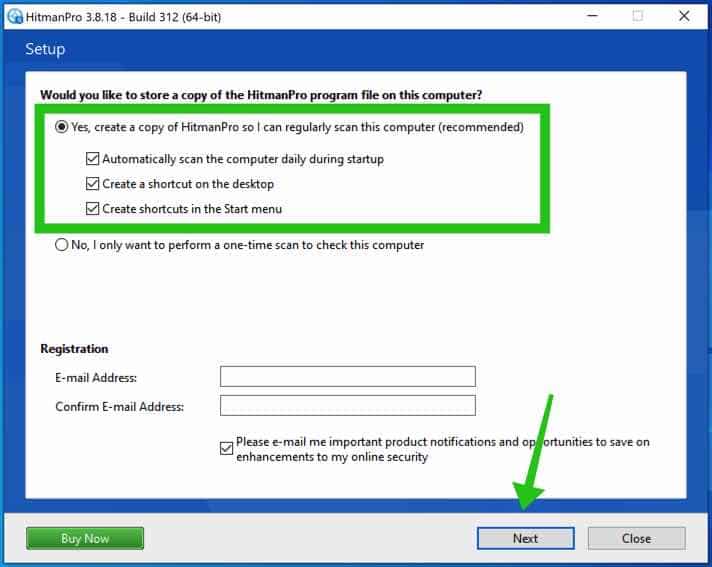
HitmanPRO begins with a scan, wait for the antivirus scan results.
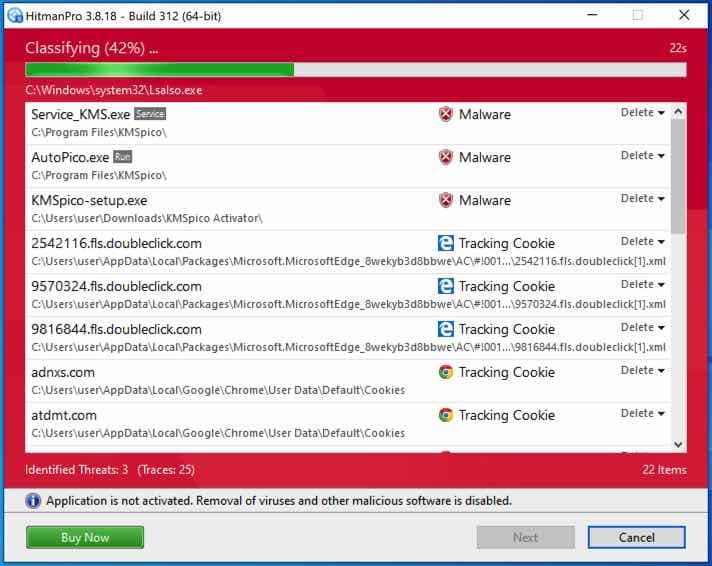
When the scan is done, click Next and activate the free HitmanPRO license. Click on Activate Free license.
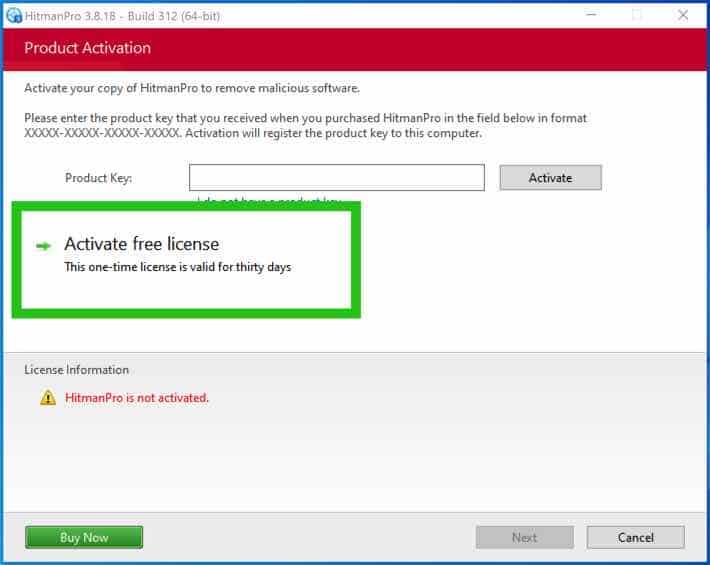
Enter your e-mail for a Sophos HitmanPRO free thirty days license. Click on Activate.
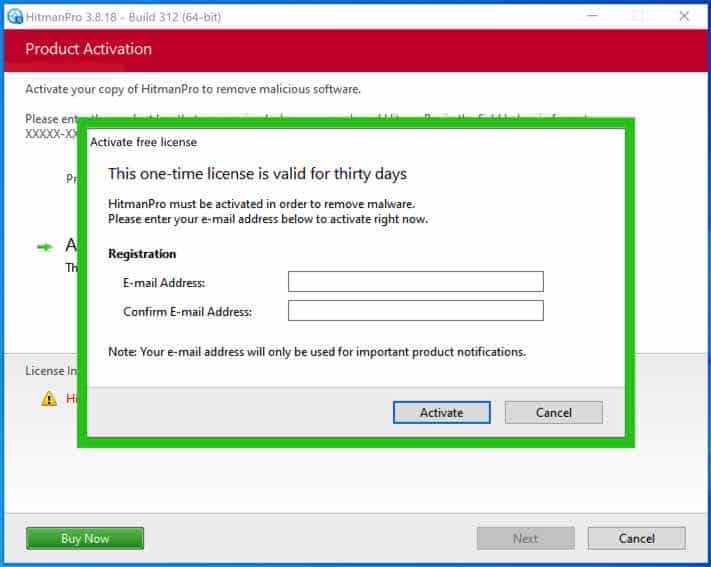
The free HitmanPRO license is successfully activated.
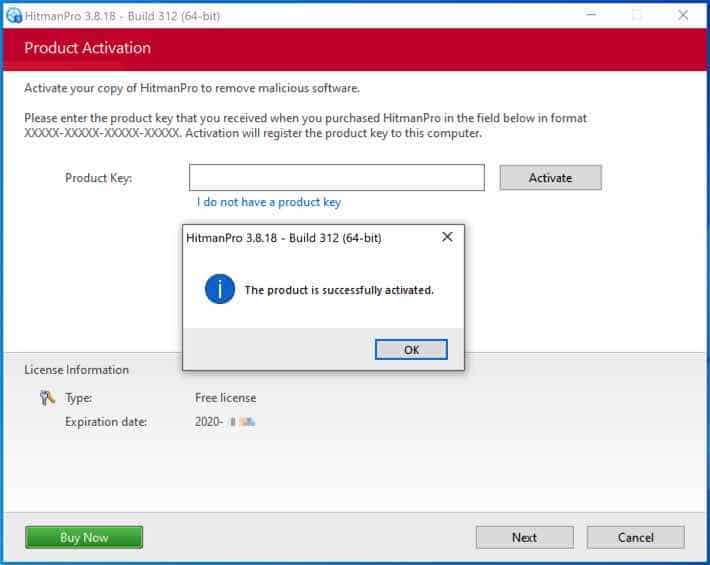
You’ll be presented with the malware removal results, click Next to continue.

Malicious software was partially removed from your computer. Restart your computer to complete removal.
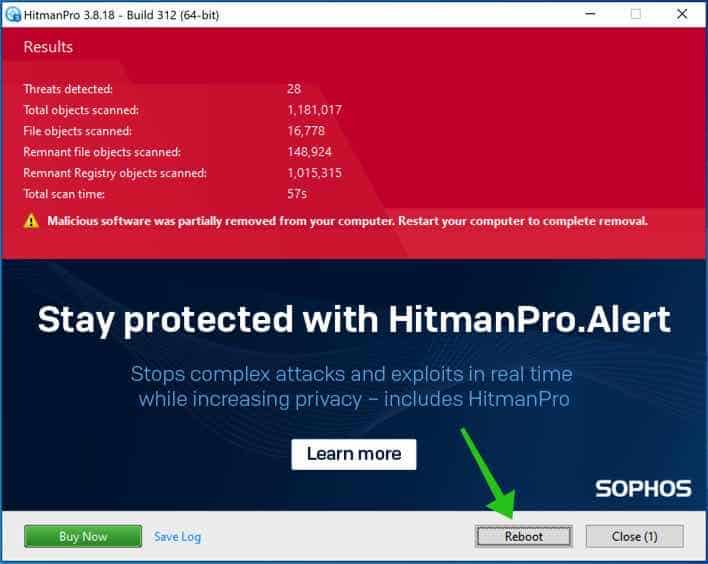
Bookmark this page when you reboot your computer.